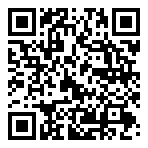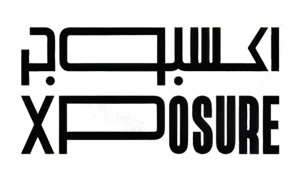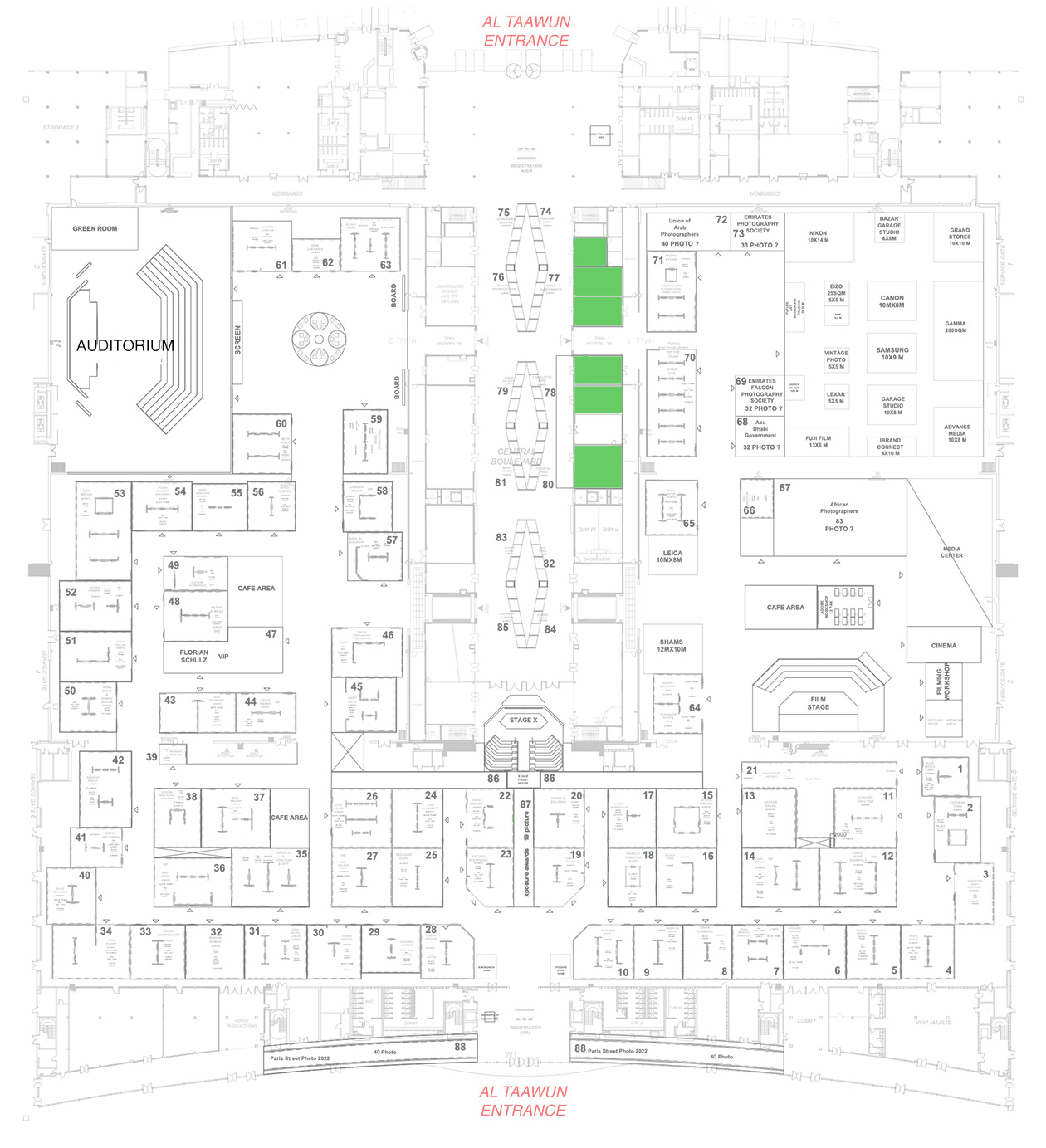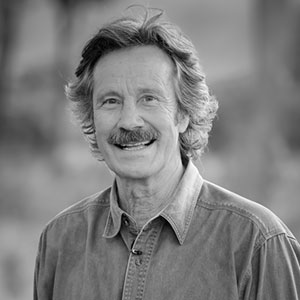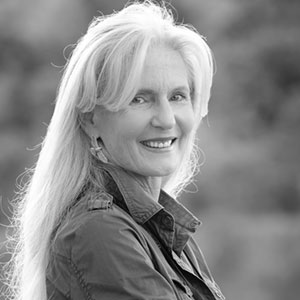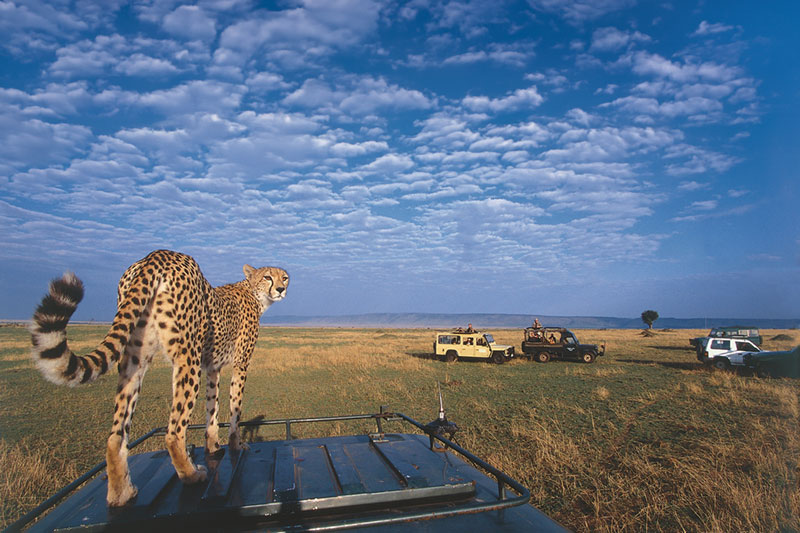
Responsible Photography
Social Media and the “Selfie epidemic” has prompted a “snatch and grab” mentality around
photography. The urge to get close to people and wildlife is increasingly being expressed in an
ugly form of “Aggressive Tourism”, heightened by competition to “get the shot”. Yet spending time in the company of your subject is the key to creating memorable images. By examining what is happening in the Maasai Mara in Kenya, Jonathan and Angela Scott explore ways to help make photography less intrusiveThe workshop is suitable for novice photographers and professionals. The number of participants who may attend is 15 people – the maximum allowed by the Organisers. There is no requirement for students to bring camera equipment.
There will be 2 Modules featuring a total of 60 still images in a Keynote Presentation, projected on to a large screen. Module 1: The Problem. This introduces the current crisis in the Maasai Mara National Reserve in Kenya, where Jonathan and Angela Scott spend much of their time on safari as wildlife photographers and conservationists. The proliferation of camps and lodges in and around the Reserve now numbers 200 facilities. This has lead to a huge number of safari vehicles criss-crossing the landscape in search of exciting sightings – particularly the three big cats: lions, leopards and the highly endangered cheetahs.
There is enormous pressure on safari guides in the Maasai Mara to please their guests with close up views of the wildlife. The tendency is to try to see “everything” in just a few days, rather than spending quality time on just a few key sightings. Lion, leopard, elephants, rhino and buffalo are the prize everyone wants to see. These are the Big Five so sought after by trophy hunters in the olden days (and in some places, such as Tanzania, to this day).
Today everyone who has a mobile phone is a photographer. Wildlife Photography in particular has become a hugely popular pastime. Sadly this is often translates in to a mindset of “get close and grab the shot” with little thought for the wellbeing of the subject. You will be shown images to highlight the problems, while Module 2 will explore ways photographers and guests can reduce their impact on wildlife and the natural environment. This is not just a Kenya problem. It is a worldwide issue, such as the search for tigers in India, wildlife watching in Galapagos, and how close is too close in Antarctica and when whale watching.
Hourly Schedule
Module 1
- The Problem. This introduces the current crisis in the Maasai Mara National Reserve in Kenya, where Jonathan and Angela Scott spend much of their time on safari as wildlife photographers and conservationists. The proliferation of camps and lodges in and around the Reserve now numbers 200 facilities. This has lead to a huge number of safari vehicles criss-crossing the landscape in search of exciting sightings - particularly the three big cats: lions, leopards and the highly endangered cheetahs. There is enormous pressure on safari guides in the Maasai Mara to please their guests with close up views of the wildlife. The tendency is to try to see “everything” in just a few days, rather than spending quality time on just a few key sightings. Wildlife Photography in particular has become a hugely popular pastime. Sadly this is often translates in to a mindset of “get close and grab the shot” with little thought for the wellbeing of the subject. You will be shown images highlighting the problems.
Module 2
- We will explore ways photographers and guests can reduce their impact on wildlife and the natural environment. This is not just a Kenya problem. It is a worldwide issue: the search for tigers in India, wildlife watching in Galapagos, and how close is too close in Antarctica or when whale watching in Tonga.
- Duration: 60 minutes
